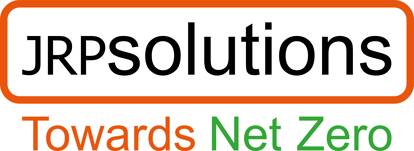What are carbon offsets, how do you know what to offset, what are the options and how do actually go about it. This factsheet answers these questions and more.

Achieving Net Zero Greenhouse Gas emissions across scopes 1, 2 and 3* is extremely challenging for most organisations. If everything has been done to reduce emissions, offsetting is a way to compensate for the residual emissions, i.e. those that can’t yet be reduced, by funding an equivalent GHG emissions reduction elsewhere.
Offsetting can also be a way for organisations that wish to go beyond Net Zero to deliver net carbon positives by removing more carbon from the atmosphere than the industry emits each year.
The key issue for anyone who does want to offset is whether the scheme being funding actually achieves the carbon savings promised. This boils down not just to the effectiveness of the project at soaking up CO2 or avoiding future emissions, but also in ensuring that the carbon savings are additional to any savings that would have happened anyway.
The range of potential projects in which to invest is extensive and project selection can be a minefield. Whether it’s a biomass power plant in India, a clean cook stove project in Rwanda or a tree planting scheme in Scotland, behind the scenes there is a lot of complex methodology to ensure rigour and transparency. A project needs to be credible, verifiable and with guaranteed savings.
With the right knowledge and approach, and after emissions have been reduced in all other ways, offsetting can be a very effective way for an organisation to take responsibility for its residual emissions. You can request a copy of our offsetting factsheet here.
How can JRP help? We can:
- Help identify where and when offsetting is appropriate in your Net Zero journey
- Establish what carbon credits to use and why
- Carry out options appraisals for different schemes, including developing your own
- Calculate the potential benefits by considering trade-offs around cost/efficiency vs time and
- types of verifiable credits, projects and programmes
- Select the most appropriate projects that align directly with your organisation’s core purpose and values
If you would like to discuss how offsetting could play a role in achieving your Net Zero targets, call us now on 0800 6127 567 to book a free consultation or email george.richards@jrpsolutions.com
* Scope 1 covers direct emissions from owned or controlled sources. Scope 2 covers indirect emissions from the generation of purchased electricity, steam, heating and cooling consumed by the reporting company. Scope 3 includes all other indirect emissions that occur in a company’s value chain.
N.B. The information contained in this entry is provided by the above supplier, and does not necessarily reflect the views and opinions of the publisher




